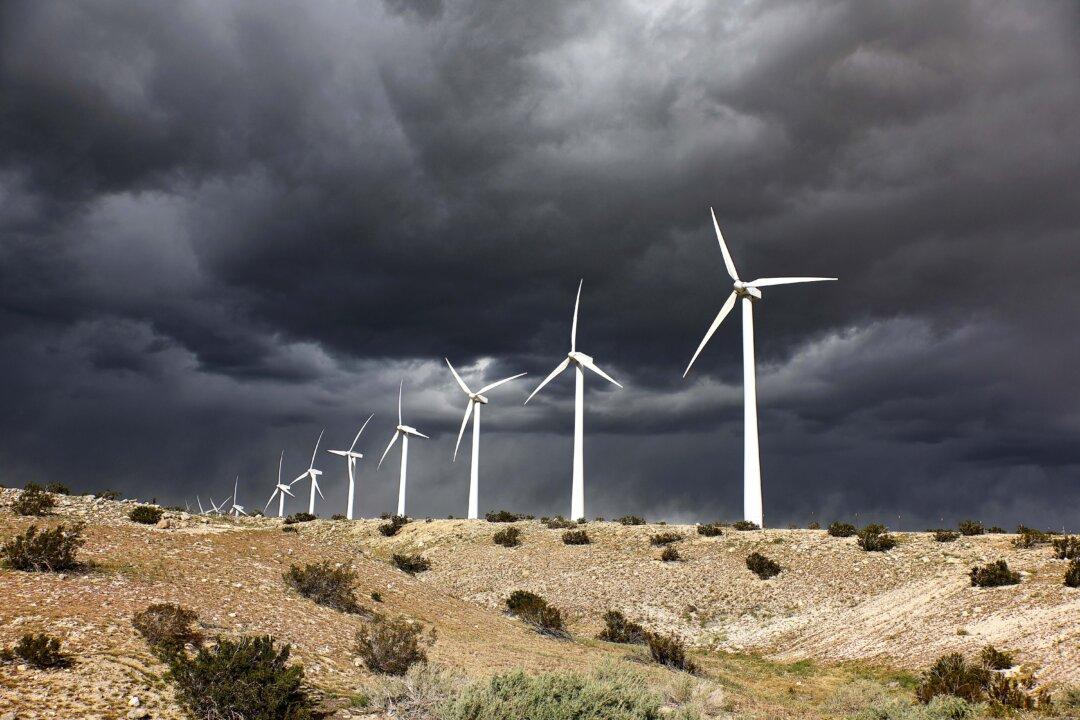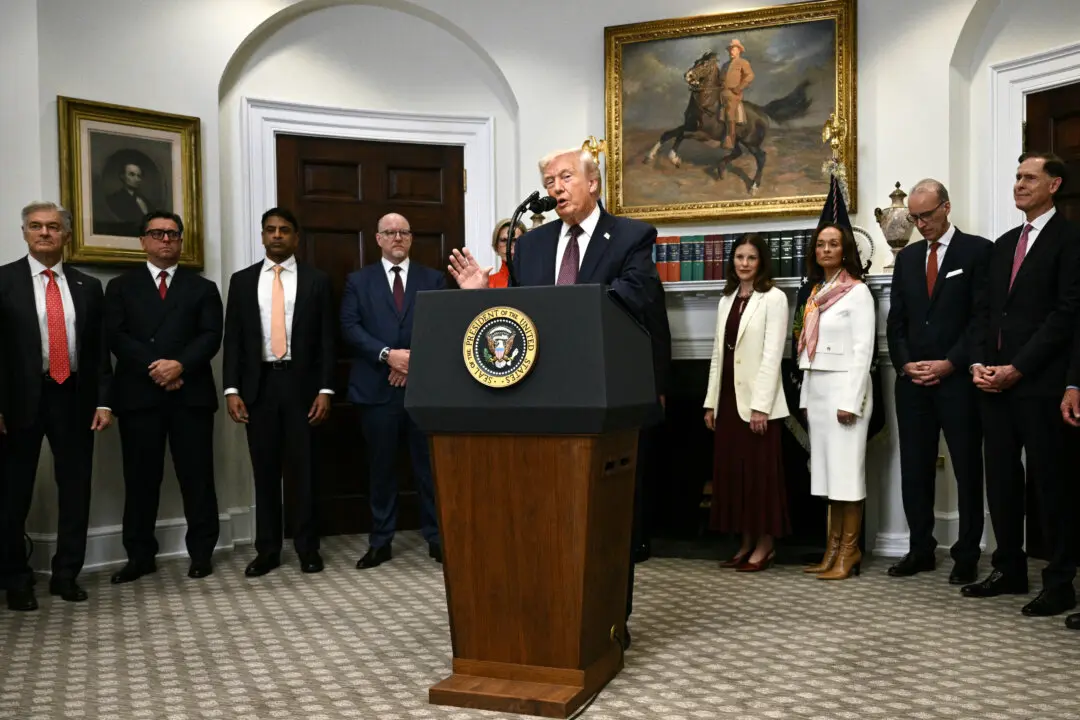Efforts to boost renewable energy have increased in recent years, with a growing number of wind farm turbines installed in California and across the country. But some scientists are raising concerns about the dangers of wind-related green energy and its inefficiency compared to traditional power sources.
Wind power generation increased more than 350 percent from 2001 to 2023 in the Golden State and now accounts for slightly more than 7 percent of all power generated in the state, according to the California Energy Commission.





